Southern Pearly Eye
Webworm Moth
Luna Moth
Gaudy Sphinx
Scarlet-bodied Wasp Moth
Polyphemus Moth
Saddleback Caterpillar
Saddleback Caterpillars (Acharia stimulus) have hairs that cover their bodies, which secrete venom. Contact with the hairs will cause a painful rash, burning, itching, swelling, blistering, and nausea. The cocoon and the larvae have hairs as well. The hairs are hollow quills connected to poison glands beneath its skin. The venom will spread if the hairs are not removed from the skin.
Saddleback Caterpillars are easy to distinguish by their green-colored backs with a white-ringed, brown dot in the center. They are brown at either end, have skin with a granulated appearance, and sport pairs of fleshy horns. The Caterpillar is one inch long with a slug-like body in its larvae stage.
The Saddleback Caterpillar is a general eater and can be found in oak trees, fruit trees, and many other plants. Females lay up to 50 eggs on the top leaves of a host plant. The eggs are tiny and transparent with a scaly look.
The adult Caterpillar is the Saddleback Caterpillar Moth, which is dark brown with black shading. The dense scales on its body and wings make it look furry. The back wings are a lighter brown. The wingspan is between one to two inches wide. Near the front wing is a single white dot and another 3 white dots near the front apex.
The bright colors on this Caterpillar are a warning to predators. Never touch this or other brightly colored, hairy Caterpillars with your bare hands.
You can remove the hairs from the skin by using tape.
Photo Wikimedia Commons

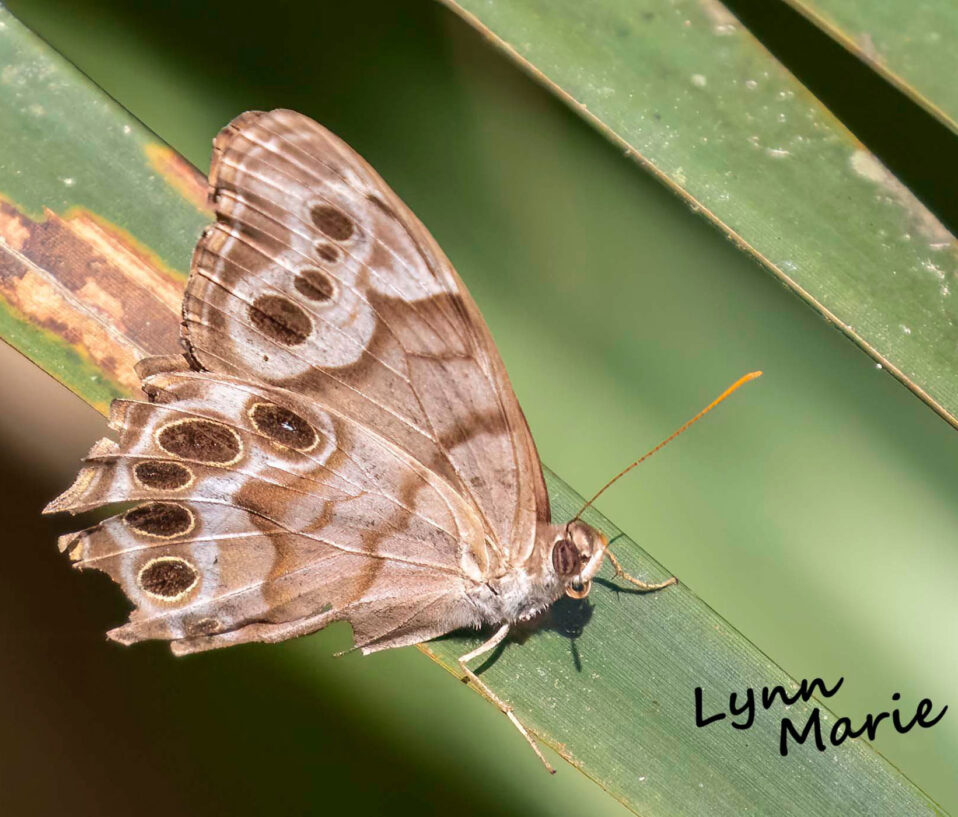
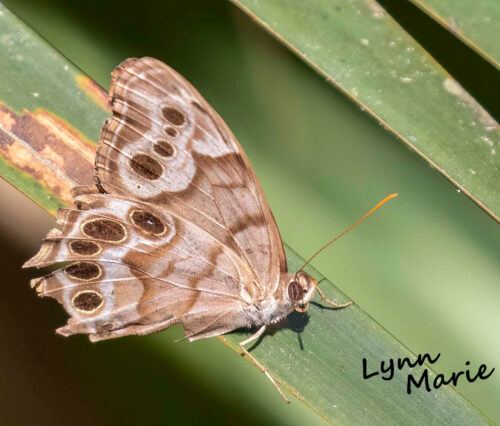
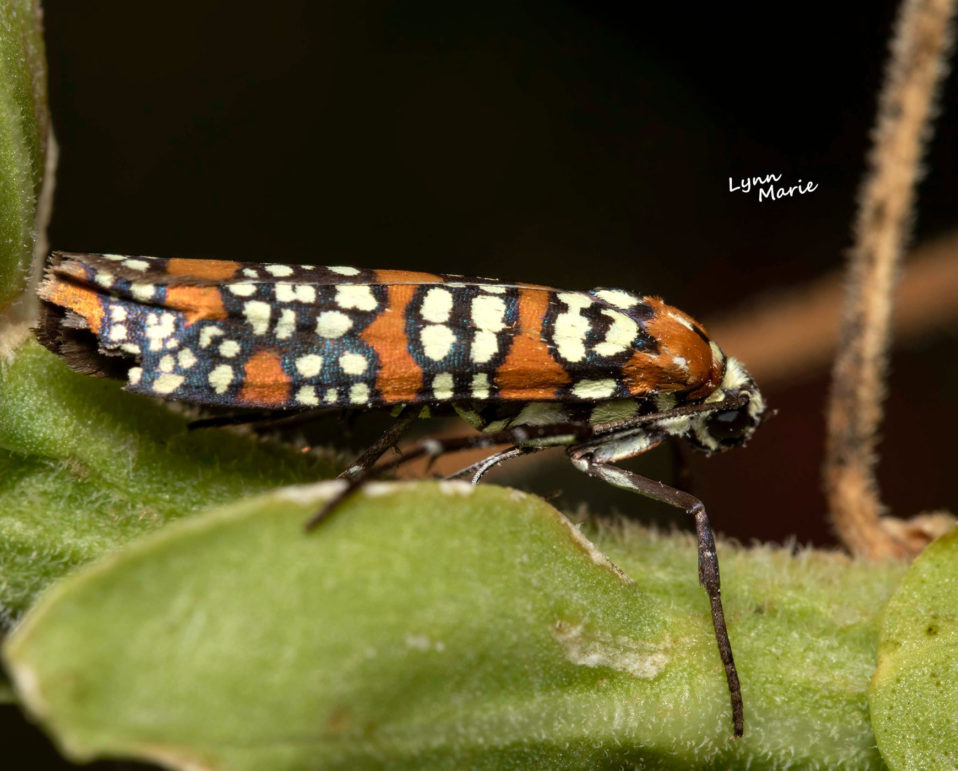
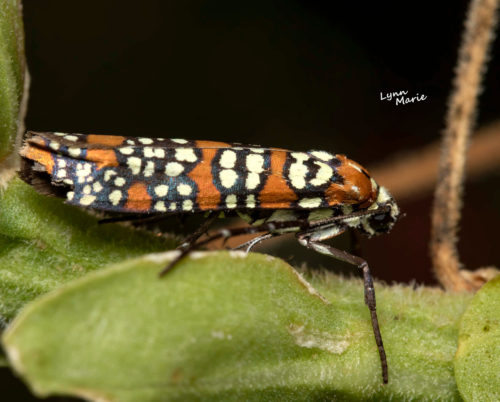
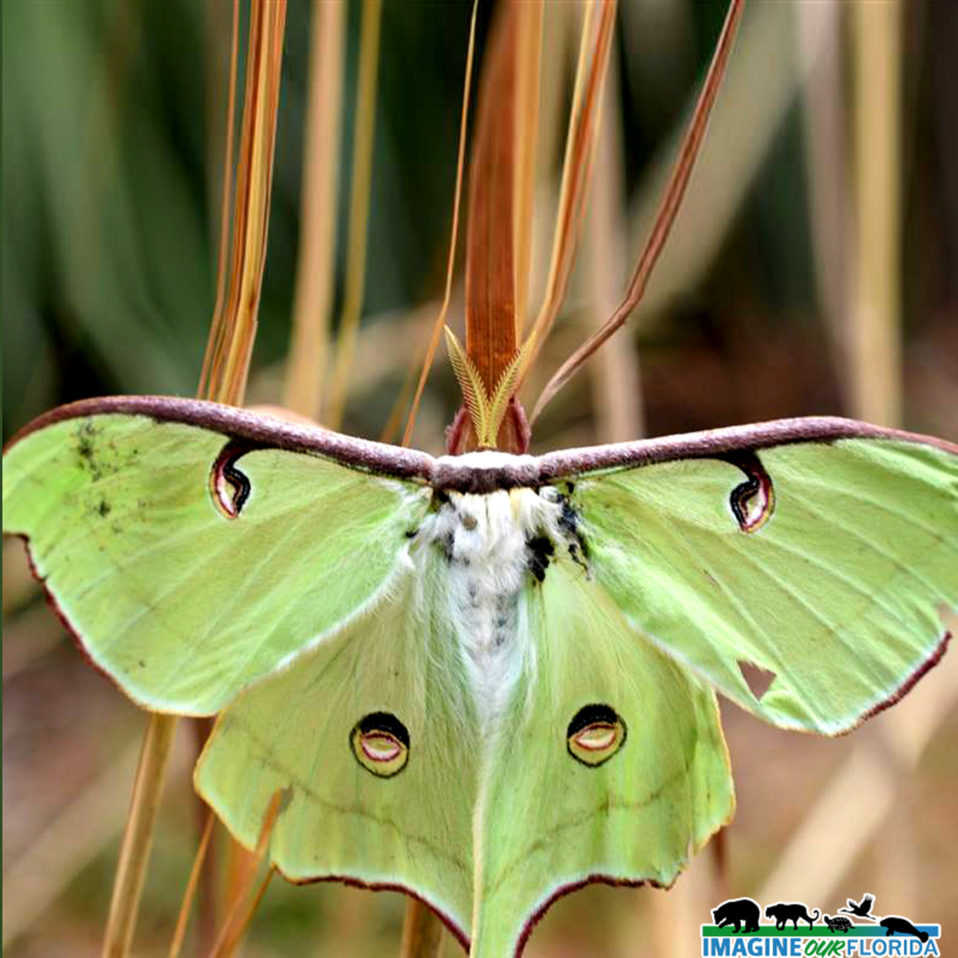
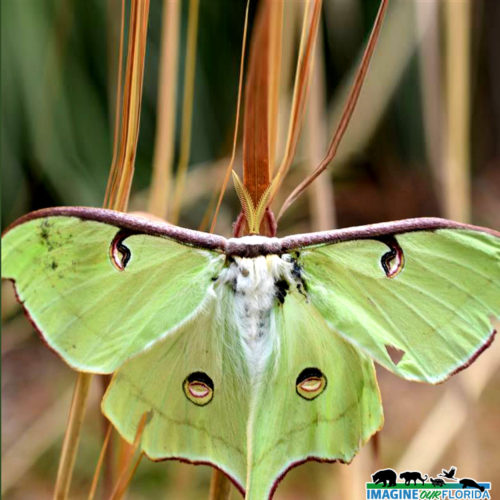
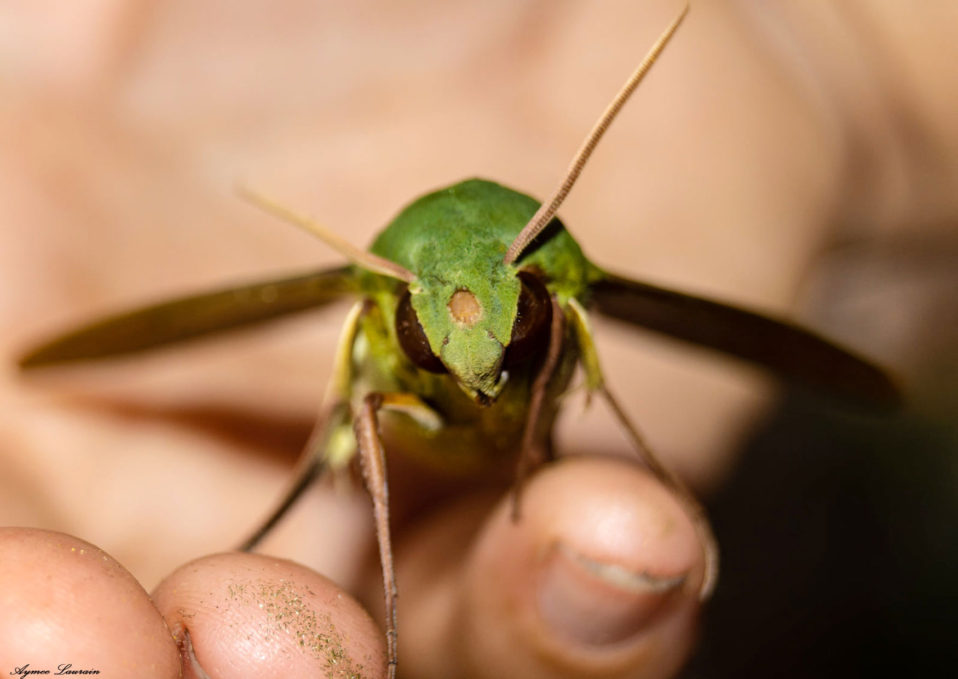
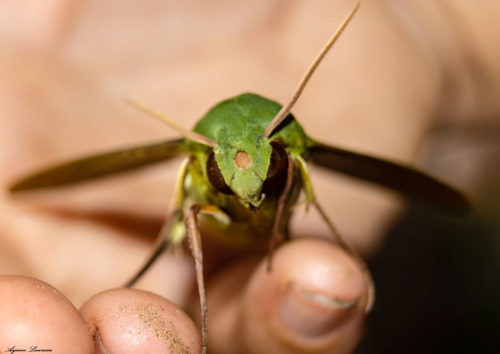
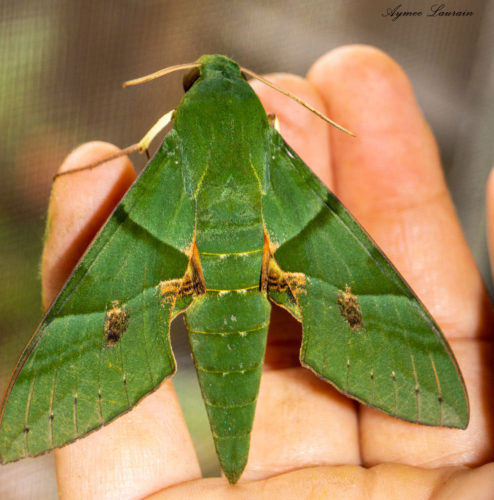
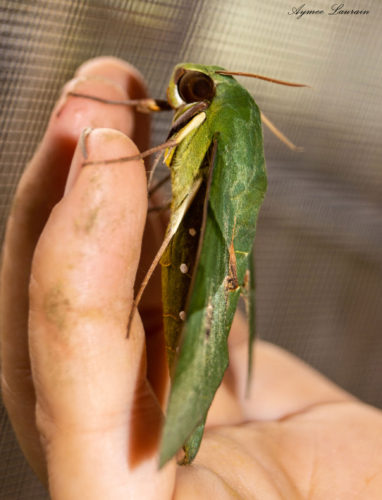
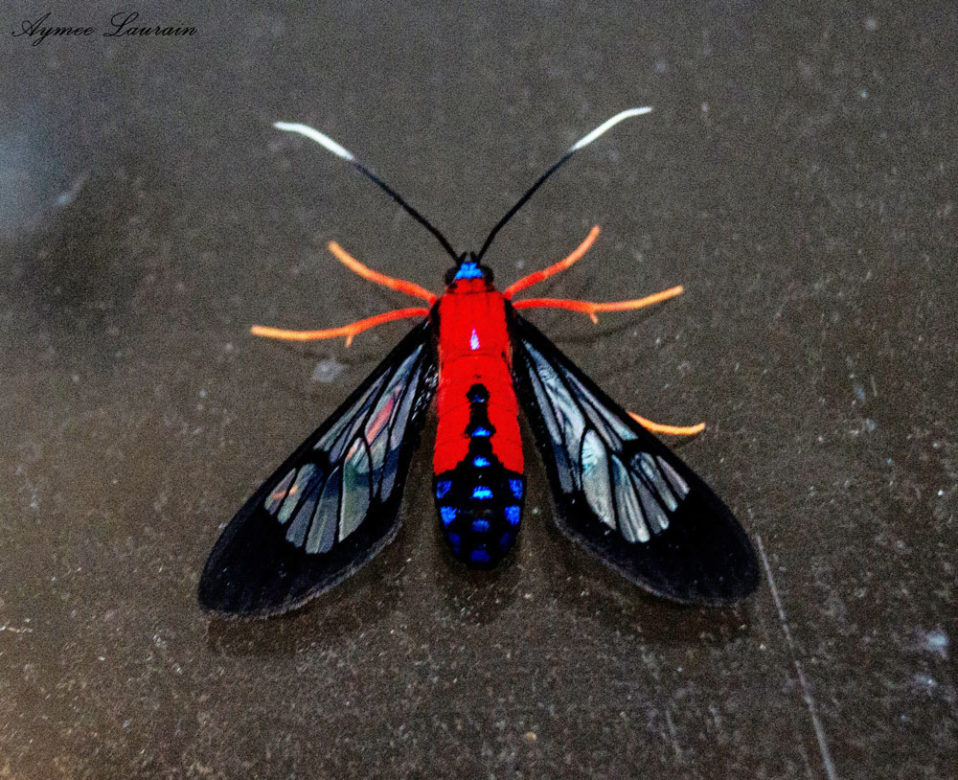
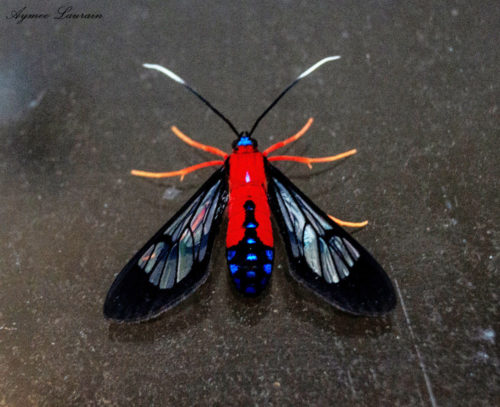
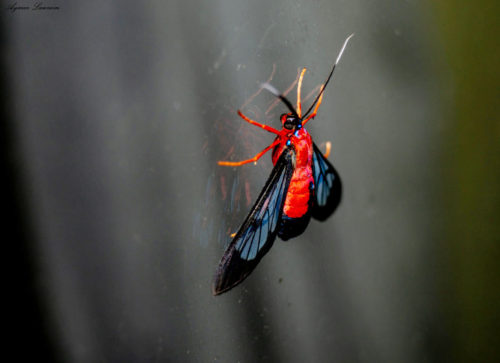
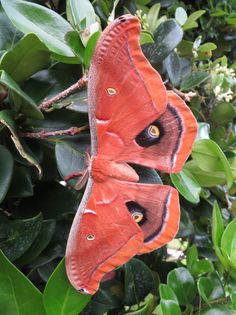
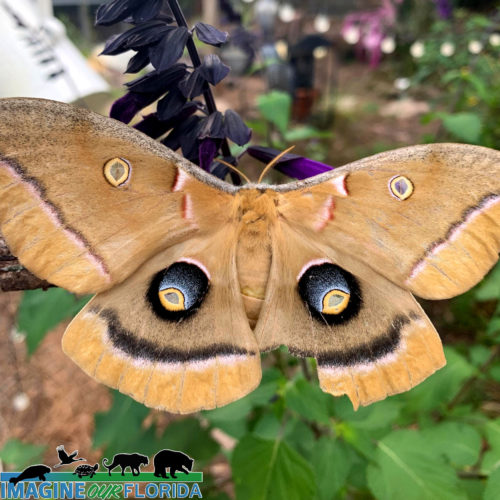
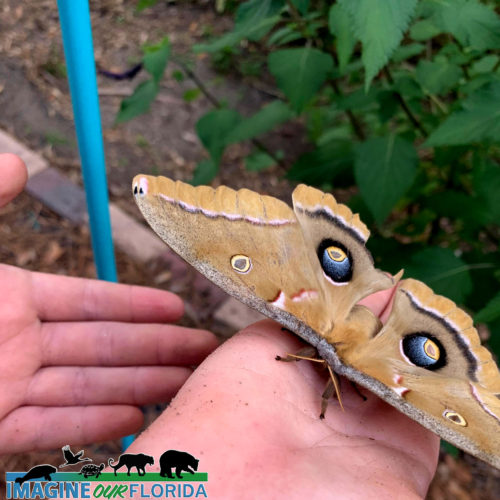
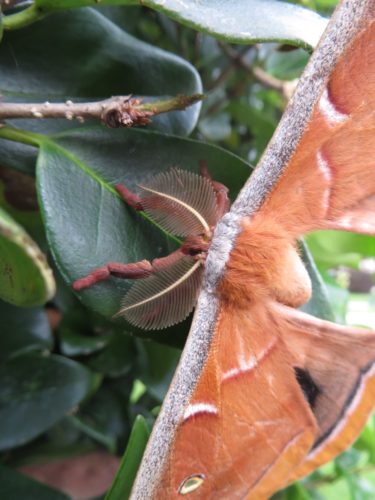
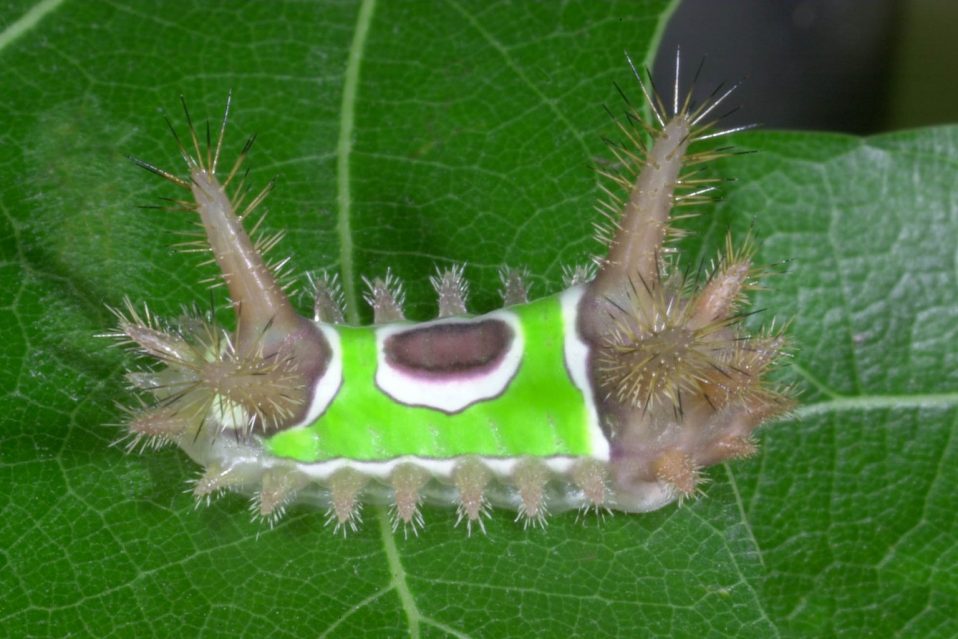

Recent Comments